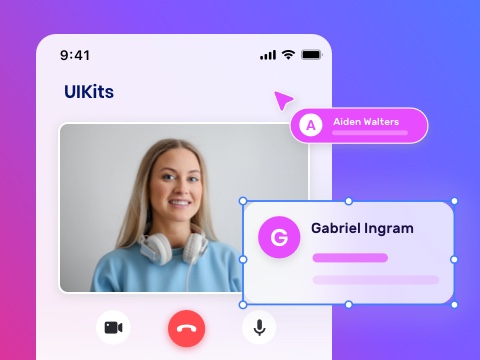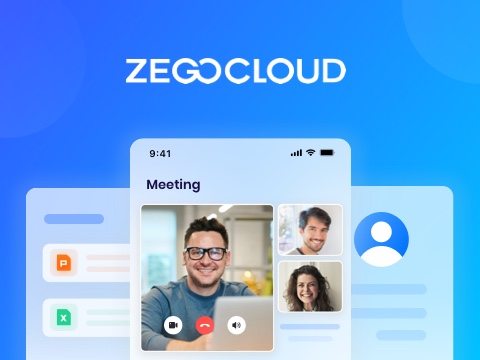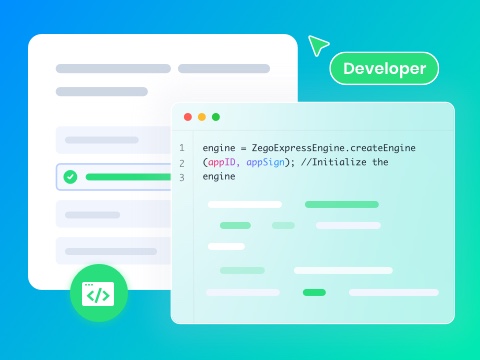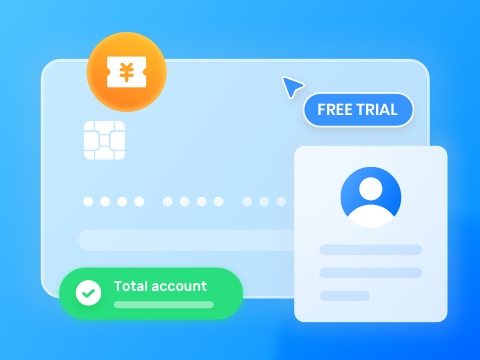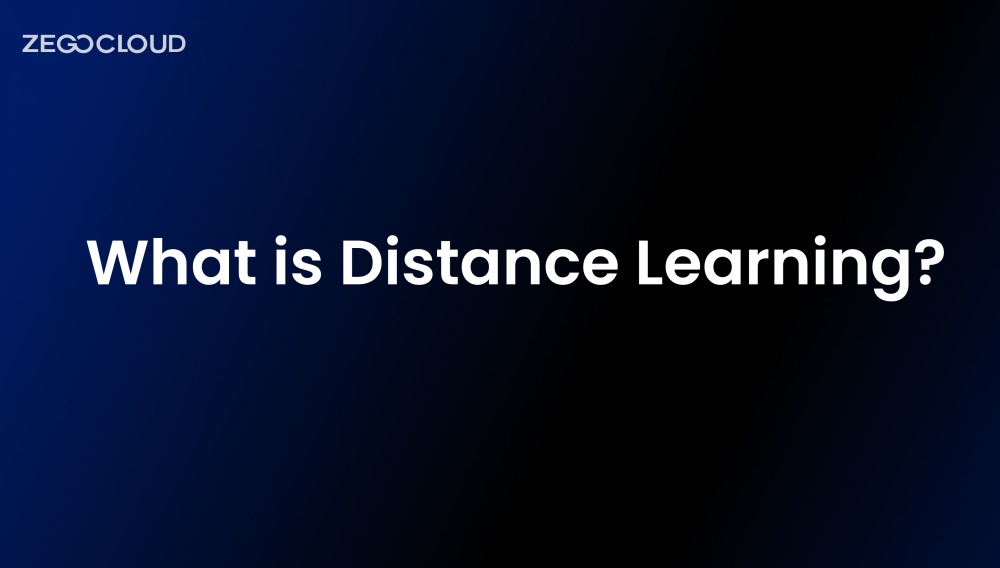Distance learning is not new, as many websites and platforms have offered online courses for years. However, the role of remote learning has significantly increased in our lives after the pandemic. Now, there is an increased demand for learning from remote locations, as people have understood the benefits of this education medium. So, this article will further emphasize the importance and the future of online distance learning.
What is Distance Learning?
When discussing this education medium, we can say that distance learning is an approach where students and instructors are separated by physical distance during the lessons. Therefore, online learning relies on the internet, computers, and various digital platforms to deliver instructional content. Education providers can use video conferencing tools, learning management systems, and digital resources such as e-books to provide learning content.
While delivering education online, interaction between students and instructors can occur via email, chat rooms, and video calls. Other than that, assessment techniques in distance learning systems can include online quizzes, assignments, and remote projects.
Benefits of Distance Education
According to statistics, e-learning has increased since the COVID-19 pandemic, as students have recognized the ease this education medium provides. Let’s dig deep into the benefits of distance learning to recognize its importance:
- Flexibility: With the help of online education, you can learn at your own pace to spend more time on complex topics. In addition, learners can access materials and complete assignments at times according to their schedules. All of this will make it easier for students to balance education with work and other commitments.
- Better Accessibility: Distance learning allows students to get their hands on courses and programs from institutions around the world without the need to relocate. Apart from that, people with disabilities can easily get education through online platforms.
- Wide Range of Programs and Courses: From professional certifications to complete degree programs, e-learning offers diverse educational opportunities to students worldwide. Through online distance learning platforms, you can find niche courses that may not be available locally.
- Cost-Effectiveness: Generally speaking, online learning reduces costs associated with commuting and physical textbooks. In addition, some online programs are more affordable compared to their on-campus counterparts.
Synchronous vs Asynchronous Distance Learning
Distance learning can be broadly categorized into two main types: synchronous and asynchronous, each with its own strengths and ideal use cases.
Synchronous Distance Learning
Synchronous learning occurs in real-time, where students and instructors interact simultaneously. This format typically involves live video conferencing, virtual classrooms, or webinars.
Key Features:
- Real-Time Interaction: Students can ask questions and receive immediate feedback.
- Structured Schedule: Classes are held at set times, creating a routine.
- Collaborative Environment: Group discussions, breakout rooms, and live activities foster engagement and a sense of community.
Pros:
- Immediate clarification of doubts.
- Encourages active participation.
Cons:
- Requires adherence to a specific schedule.
- May be challenging for learners in different time zones.
Asynchronous Distance Learning
Asynchronous learning offers flexibility, allowing students to access course materials, complete assignments, and participate in discussions on their own schedule. This format includes pre-recorded lectures, discussion boards, and self-paced modules.
Key Features:
- Flexible Learning: Students can study at their convenience, making it suitable for those with busy schedules.
- Self-Paced Progress: Learners can spend more time on challenging topics.
- No Real-Time Interaction: Communication occurs through emails, forums, or recorded feedback.
Pros:
- Maximum flexibility for learners.
- Ideal for those with varying schedules or time zone differences.
Cons:
- Delayed feedback from instructors.
- May feel isolating due to lack of immediate interaction.
Which to Choose?
The choice between synchronous and asynchronous learning depends on the learner’s needs. Synchronous learning is better for those who thrive on real-time interaction and a structured schedule, while asynchronous learning suits individuals who need flexibility and prefer to learn at their own pace.
Different Types of Distance Learning
Distance learning has evolved into a versatile educational model, offering various formats to meet the diverse needs of learners around the world.
1. Video Conferencing
This method enables real-time interaction between instructors and students through platforms like Zoom, Microsoft Teams, or Google Meet. It mimics the traditional classroom experience by facilitating live discussions, collaborative activities, and immediate feedback, making it highly engaging and interactive.
2. Hybrid Distance Education
Also known as blended learning, this format combines online and in-person instruction. Students may attend some classes on campus while completing others virtually. This approach leverages the strengths of both methods, offering the flexibility of online learning alongside the personal connection of face-to-face sessions.
3. Open Schedule Online Courses
Designed for maximum flexibility, these courses allow learners to access materials, complete assignments, and progress at their own pace. There are no strict deadlines, making this format ideal for self-motivated individuals balancing studies with other commitments, such as work or family.
4. Fixed-Time Online Courses
These courses operate on a structured schedule, with set times for live sessions or deadlines for assignments and exams. While entirely online, they provide a clear framework, helping students stay on track and fostering a sense of routine and accountability.
What Makes a Good Distance Learning Program?
A successful distance learning program combines effective instructional design, engaging content, and robust technology to provide an enriching educational experience. Here are the key elements that define a high-quality program:
1. Clear and Structured Curriculum
A well-structured curriculum is essential. It should clearly outline learning objectives, course materials, assignments, and deadlines. This helps students understand what is expected of them and stay organized throughout the course.
2. Engaging and Interactive Content
Engaging content is critical to maintaining student interest and motivation. Incorporating interactive elements such as quizzes, videos, and discussion boards helps to make the learning experience dynamic. Tools like ZEGOCLOUD’s real-time video and voice technology can further enhance interactivity by enabling live discussions and collaborative activities, simulating a classroom-like environment.

3. Flexible Learning Options
A good distance learning program offers flexibility to accommodate the diverse needs of learners. This includes a mix of synchronous and asynchronous learning options, allowing students to choose between real-time interactions and self-paced study, depending on their schedules and learning preferences.
4. Strong Communication Channels
Effective communication between students and instructors is vital. The program should provide multiple communication channels, such as live chat, email, and forums. ZEGOCLOUD’s robust video chat functionalities ensure seamless interaction, enabling timely feedback and fostering a supportive learning environment.
5. User-Friendly Technology
The platform used for distance learning must be intuitive and accessible. A user-friendly interface ensures that students can focus on learning rather than troubleshooting technical issues. ZEGOCLOUD’s solutions offer easy integration and cross-platform compatibility, ensuring a smooth and hassle-free experience for users.
6. Supportive Learning Environment
A good distance learning program creates a sense of community among learners. This can be achieved through group projects, peer discussions, and virtual office hours. Providing access to technical support, academic counseling, and other resources further enhances the student experience.
7. Assessment and Feedback Mechanisms
Regular assessments, such as quizzes, assignments, and projects, help track student progress. Constructive feedback from instructors guides learners in improving their performance and staying motivated.
8. Accessibility and Inclusivity
An inclusive program ensures that all learners, including those with disabilities, can access the content and participate fully. Features like closed captions, screen reader compatibility, and flexible deadlines contribute to creating an equitable learning environment.
Who Uses Distance Education?
Keeping in view all the benefits of distance learning, everyone should take advantage of this educational medium. However, online learning become significantly important for people who cannot commute or find time for traditional classes. Let’s go through this section to identify who majorly utilizes such kind of educational medium:
- Students Seeking Flexibility: Working adults, parents, and individuals with busy schedules often choose distance education for its flexible nature. While opting for such a learning medium, they can easily manage their additional responsibilities along with education.
- Geographically Remote Learners: People living in rural or remote areas can get help from this type of learning method. As their access to traditional educational institutions is limited, such people rely on distance learning to access quality education.
- Professionals and Executives: Busy professionals seeking to upgrade their skills without interrupting their careers utilize distance education. Moreover, such people can earn certifications or complete advanced degrees while carrying out their regular work.
- Individuals with Disabilities: Distance education provides accessible learning opportunities for individuals with physical disabilities. Therefore, they can pursue the course of their choice without having to commute for physical classes.
- International Students: Students from around the world opt for distance learning systems to access courses offered by prestigious institutions. Most importantly, they don’t need to relocate to a new country to get admission to their desired program.
What is the Future of Distance Learning?
As per estimates, the online distance learning market is expected to cross $1 trillion by the end of 2030. Considering such growth, many educators are trying their luck in the e-learning industry to gain financial benefit. All this competition will surely bring new innovations in the already advanced online education space. Soon, AI will play a significant role in this education system by providing personalized learning experiences for individual student needs.
Shortly, immersive learning environments will become more common to let students engage in virtual labs with the help of VR and AR technology. Moreover, we can expect better accessibility features to accommodate diverse learning styles and abilities, especially for students with disabilities. Due to the growing benefits of distance learning, you can expect a mix of online and face-to-face education models to offer flexibility.
When discussing professional education, a collaboration between educational institutions and businesses will grow to facilitate employee learning opportunities. All in all, we can expect online learning mediums to be the frontrunners in providing education to students of all kinds.
Building Interactive Distance Learning Solutions With ZEGOCLOUD
To benefit from the growth of the online education system, you may also want to develop your distance-learning platform. For this purpose, educators can get help from ZEGOCLOUD, which provides advanced video call APIs and SDKs for educational app development. Using its APIs, you can add a stable and secure real-time interaction feature to your app for smooth student communication. Moreover, this platform offers APIs that let you carry out one-on-one tutoring sessions.
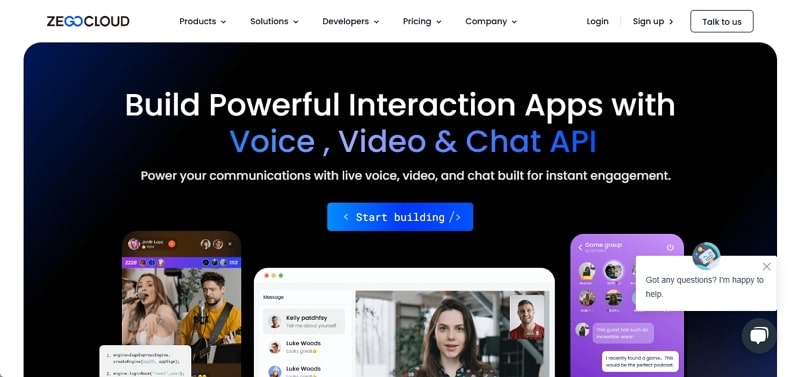
In addition, you can use its live-streaming APIs to organize large-scale distance learning classes. With its advanced SDKs, teachers can communicate with their students without voice or video lag for seamless interaction. In addition, ZEGOCLOUD lets you add the file-sharing feature to your education platform, which will help you share educational material during live classes.
Conclusion
Summarizing this article, we can say that online distance learning will become the future of education due to its benefits. Even now, many students are benefiting from this medium of education to manage their time constraints. Educators who want to integrate the online learning system into their platforms can benefit from APIs offered by ZEGOCLOUD. Plus, these advanced APIs and SDKs will facilitate smooth real-time interaction with the students.
Read more:
FAQ
Q1: What do you mean by distance learning?
Distance learning is a form of education where students and instructors are geographically separated. Learning is facilitated through various technologies like online platforms, video conferencing, or correspondence, allowing students to study from anywhere.
Q2: What is the difference between online learning and distance learning?
Online learning is a type of distance learning conducted entirely over the internet, using tools like learning management systems and video calls. Distance learning, however, also includes non-digital methods such as mailed coursework or televised lessons.
Q3: What are the advantages and disadvantages of distance education?
Advantages:
- Flexibility: Study at your own pace and schedule.
- Accessibility: Learn from anywhere, ideal for remote or working students.
- Cost Savings: Reduces travel, accommodation, and material costs.
- Resource Variety: Access to a wide range of online materials and tools.
Disadvantages:
- Limited Interaction: Less face-to-face engagement with peers and instructors.
- Self-Motivation Needed: Requires strong discipline and time management.
- Technical Issues: Dependence on reliable internet and devices.
- Potential Isolation: Can feel less connected to the learning community.
Q4: How long does distance learning take?
The length depends on the program and student’s pace. Short courses or certifications may take a few weeks to months, while degree programs typically range from 1 to 4 years, with flexible timelines available for part-time learners.
Let’s Build APP Together
Start building with real-time video, voice & chat SDK for apps today!


